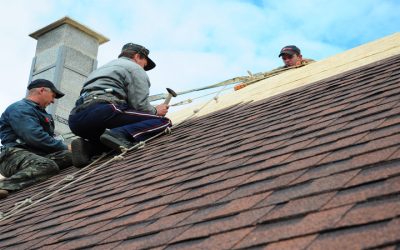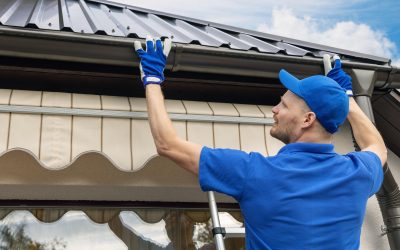Snow can present a significant danger to pedestrians and vehicles if it gathers and then falls off roofs. If you live in a region where snow falls in season, you might want to consider installing roof snow guards. On slate roofs, it is important to follow consider specific factors to ensure safe, enduring, and correct installation.
Basic Factors
When it comes to installing roof snow guards on a slate roof you need to first follow the basics that apply to all such installation processes. When calculating the number of snow guards required, companies look at several factors affecting the choice, number, and size of the snow guards. These include two basic ones:
- The slope of the roof
- The size of the roof
When considering the installation of snow guards, it is also important to look at a few other factors. Some are aesthetic; others are practical. You need to recognize that for a slate roof, the positioning of each support is located beneath the upper layers. This affects the process of installation.
Other factors to consider include:
- Snow load: Know the average and maximum snow load of your roof
- Snowfall: How much snow accumulates in your region?
- Visibility: How visible do you want your snow guards to be? Clear plastic is almost invisible. Metal can blend into the slate. Colored guards stand out.
Roof snow guards for slate surfaces are available in various types. Those considered the most effective on slate roofs are the guards produced in metal with tube or pipe shapes.
Why Tube or Pipe Snow Guards?
Snow guards are available in a variety of shapes. However, when it comes to roof snow guards on slate material, tubes are considered optimal. They are regarded as being:
- Reliable
- Long-lasting
- Effective
These are all necessary qualities for keeping people and property safe from falling snow and ice. Overall, tube or pipe barriers provide the type of snow retention desired – particularly if the slope of the roof is at an angle of around 60 degrees.



